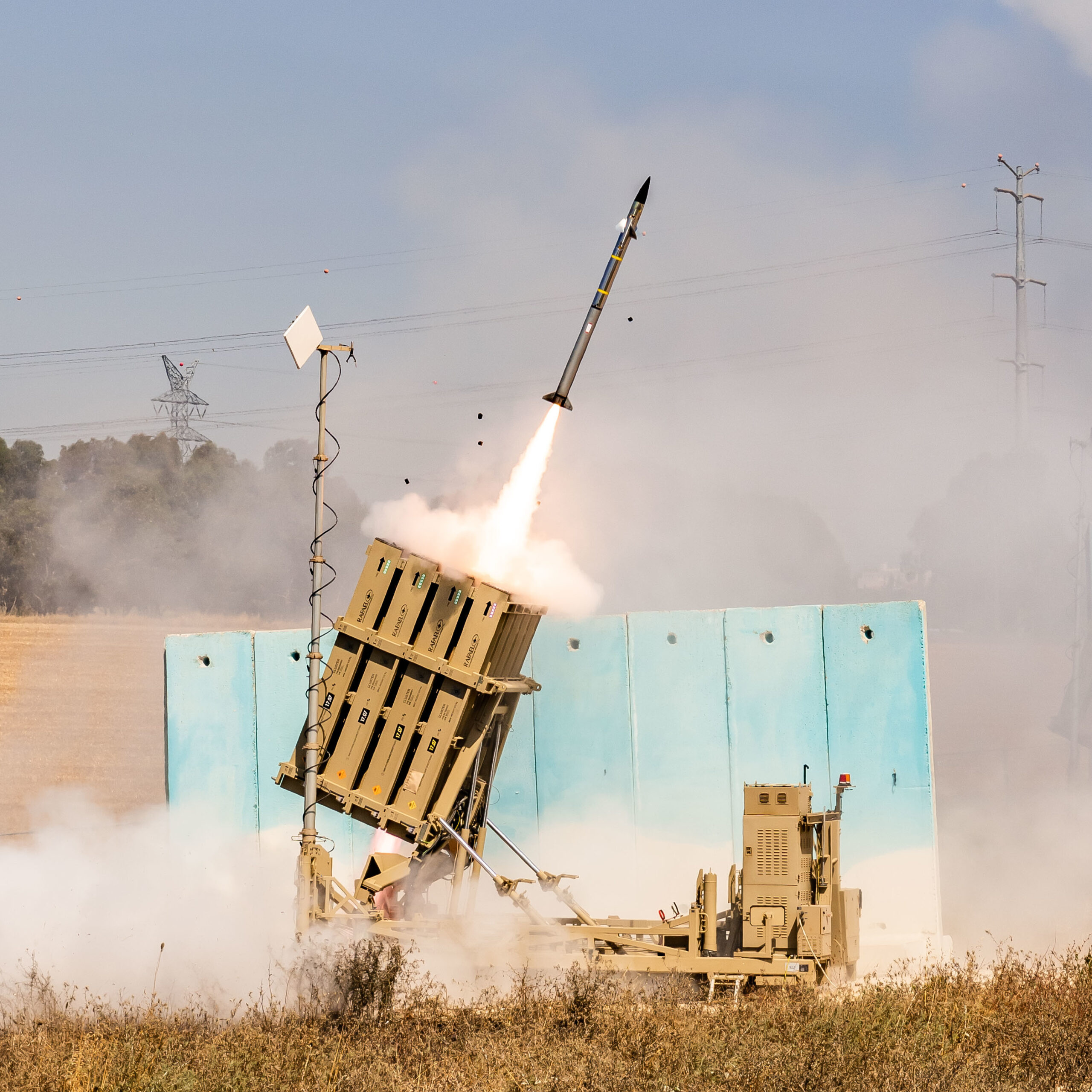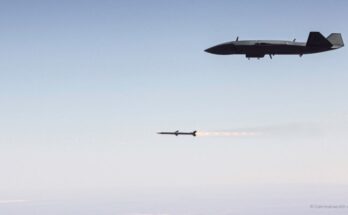
There is a lot of talk back and forth, here and there, around and around, concerning the weapons of the future. Candidates for this title include small drones and inexpensive cruise missiles. The Russo-Ukrainian War has even reignited the quantity vs quality argument. Strangely, at the same time, all sides are both right and wrong.
For you see, while a flame-thrower is fun, it is not the proper tool against ants in your house. The method works, but the outcome is not desirable. The recent Israeli attack on Iran highlights the usefulness of different weapons in modern warfare and not their supremacy.
Unable to smuggle in the needed weapons, Israeli agents established a factory in Iran (maybe near Tehran) then built the drones it used in this attack. Hundreds of drones, perhaps thousands, took part in this attack, launched from sites scattered across Iran. The drones targeted personnel, including military leaders and nuclear scientists.
The Israeli operation also included dozens of air strikes by combat aircraft, targeting military bases, defense plants, weapons depots, and nuclear weapons research facilities. Iran’s uranium enrichment facility is at Natanz, some 1,500 kilometers from Israel. Part of the facility is located underground.
Israel used different weapon systems in its attack, tailored to meet the needs of specific parts of the operation. Neither weapon system was superior to the other, simply better suited for the needs of that portion of the overall mission.
Drones are not known for their ability to destroy tunnel complexes; missiles can accomplish this task. Hitting the residence of high-value targets with a missile would have required far more aircraft and increased risk of detection and losses. Israeli commandos could launch the drones and then quickly abandon the site, having already handed over control to operators at another location.
Israeli combat aircraft launched long-range missiles from outside Iranian airspace, sending targeting updates via a secure datalink. The missile, flying at a high speed and low altitude, would be difficult for local air defenses to intercept.
Israel’s attack could not have succeeded without both inexpensive small drones and sophisticated (and costly) missiles working in tandem. Tanks can break through frontline defenses but require infantry support. Each needs the other. Neither can succeed alone.
A potentially interesting development concerning missiles and drones is the combination of these two weapons. Long-range missiles could carry warheads containing multiple drones. The missile, after it reaches the target area, dispenses small drones that then seek out individual sites, with the assistance of operators in a control room far, far away.
Warfare is always evolving. The flintlock superseded matchlocks. Breech-loading weapons replaced muzzleloaders, and on and on it goes. Someday, the infantry will use micro-drones to increase situational awareness, carry rifles that fire rounds with IFF electronics and guidance systems, and wear uniforms with embedded robotic exoskeletons. Starship Troopers cannot be that far away.
For more than 35 years, Larry has been involved in research and analytical work for various Forecast International projects. He has contributed to the Airborne Electronics Forecast and was chief editor on the World Aerospace Weekly newsletter. Larry was directly responsible for the creation of World Weapons Review, a biweekly industry market research publication specializing in weapon systems and related material. He was the creator of Unmanned Vehicles Forecast, launched to cover the growing market for civil and military drones, and was involved in the development of the Airborne Retrofit & Modernization Forecast service. He is currently responsible for the Missile Forecast and for FI's two Unmanned Vehicles Forecast services – Airborne Systems and Land & Sea Systems.



